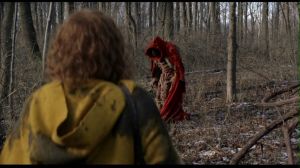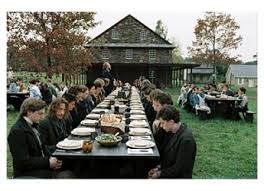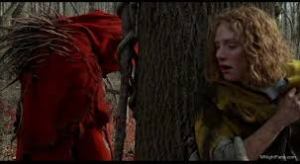Actors in The Wizard of Oz
Despite showcasing a stellar cast, several actors stand out when reviewing the cast list for the movie, The Wizard of Oz, by L. Frank Baum, released in 1939.
Probably the best known actor in this film is Judy Garland, the star of the movie, who played Dorothy. She already established herself with MGM at the time of the casting of this movie, despite being only 17 years of age, having sung to Clark Gable on the occasion of his birthday party event, and catching the eye of Louis B. Mayer. She was cast due to her stage experience, and the deep throaty voice she had showcased at the birthday party, and this movie immediately grew her fan-base with movie-going audiences. Garland went on to star in many other movies, and to have the typical early Hollywood experiences of drug abuse, multiple marriages, and extramarital affairs. She died at the young age of 47 of an accidental drug overdose.
Another actor who stands out in this film is Ray Bolger, a song-and-dance man who started out with a career in Vaudeville. Bolger portrayed the farmhand, Hunk during Dorothy’s time in Kansas, and the Scarecrow, during the portion of the film which took place in Oz. A character actor, he was best known for his comic acting, and even had his own comedy television show later in life called Where’s Raymond? Interestingly, he cohosted a show called That’s Dancing in 1985 with Liza Minelli, the daughter of Judy Garland.
One of the most interesting characters in The Wizard of Oz, was Elmira Gulch, who became The Wicked Witch of the West when Dorothy landed in Oz. The actor who played these roles, Margaret Hamilton, was not your typical Hollywood Glamour Girl. But she was widely acclaimed for her portrayal of the witch, and was recognized for this role for the rest of her life. A character actor, she had a long and prolific career in movies, as well as TV shows from Lou Grant to an appearance in The Partridge Family. She wasn’t always cast as a mean or evil character, and even “would spoof her famous role of The Wicked Witch of The West in a 1976 Paul Lynde Halloween Special for television. She portrayed the sister of Witchiepoo from H.R. Pufnstuf herself being spoofed by actress Billie Hayes”, (IMDb, 2015). She loved children, having been a kindergarten teacher early in life, and also was an animal lover, despite her most quoted line from The Wizard, “I’ll get you my pretty, and your little dog too!” (Baum, 1939).
References
Wizard of Oz: Cast and Crew. (2015). Retrieved March 5, 2015, from IMDb: http://www.imdb.com/title/tt0032138/fullcredits/
http://en.wikipedia.org/wiki/The_Wizard_of_Oz_(1939_film)
Goodykoontz, B. & Jacobs, C. (2014). Film: From Watching to Seeing. San Diego, CA. Bridgepoint Education, Inc.







